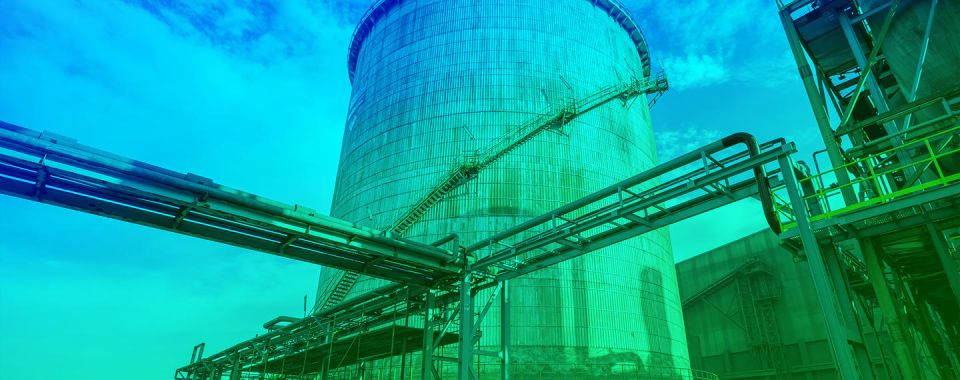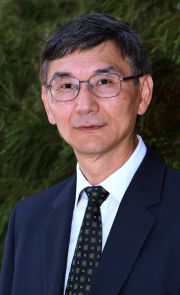
By B. Rose Huber, Princeton Plasma Physics Laboratory
Sept. 18, 2024
A new collaborative research project led by Princeton's department of mechanical and aerospace engineering will provide potential solutions for decarbonizing chemical plants, helping to establish American leadership in “green manufacturing.”

The project, led by Yiguang Ju, the Robert Porter Patterson Professor of Mechanical and Aerospace Engineering at Princeton University, is supported by a $3.6 million grant from the National Science Foundation’s (NSF) Growing Convergence Research program and will seek to produce green ammonia with renewable electricity directly from nitrogen and water. Ammonia, which is typically used for fertilizer production, is a green-energy carrier. Compared to hydrogen, green ammonia is easier and safer to transport and can be used either immediately or stored safely in the long term.
“Traditional large-scale ammonia synthesis uses the Haber-Bosch process, which relies on the fossil fuel production of hydrogen; it’s both energy and carbon intensive,” said Ju, who is the head of electromanufacturing science and an associated faculty member at the U.S. Department of Energy’s Princeton Plasma Physics Laboratory (PPPL). “This project aims to address the challenges in the intermittency, regional dependence and energy storage of renewable electricity.”
This division is part of the Applied Materials and Sustainability Sciences Directorate (AMSS) at PPPL led by Emily Carter, senior strategic advisor and associate laboratory director for AMSS.
“We need to act both quickly and boldly to decarbonize our manufacturing processes,” said Carter, who is also the Gerhard R. Andlinger Professor in Energy and the Environment; professor of mechanical and aerospace engineering, the Andlinger Center for Energy and the Environment; and an affiliate in the Program in Applied and Computational Mathematics at Princeton University. “National laboratories like PPPL are poised to bolster U.S. leadership in this arena, helping the country and the world reach net-zero carbon emission targets by 2050. The work of this project and our research diversification efforts at the Lab will be transformative.”
Scientists with varied backgrounds come together
Ju will collaborate with PPPL’s John Mark Martirez, a staff research scientist and deputy advisor for sustainability sciences; Huixin He, a professor at Rutgers University at Newark; and Miaofang Chi, a professor at Duke University’s Thomas Lord Department of Mechanical Engineering and Materials Science and a corporate fellow at Oak Ridge National Laboratory.
The collaborators share complementary expertise. Ju’s work focuses on combustion and plasma chemistry; Martirez is a computational quantum chemist; He is an electrochemist; and Chi is a material scientist.
“The technology we’re proposing is a multifaceted scientific challenge, combining electrochemistry and plasma chemistry,” Martirez said. “A successful reactor design requires a thorough understanding of the fundamental chemical processes in both branches of chemistry and how they may be closely integrated. We’ll also investigate how solid compounds or materials can be engineered to enable a successful integration of the two chemical processes. With these goals, a team with varied expertise is crucial.”
Together, they will seek to create a novel hybrid electrochemistry and plasma catalysis reactor. In one part of the reactor, the electrochemistry chamber, water will be used to produce hydrogen. The water will then be diffused through the other part of the reactor, the nitrogen plasma chamber, producing ammonia through a new plasma-assisted catalytic reaction mechanism. The reactor will be powered by renewable electricity in combination with efficient green ammonia synthesis.
The five-year grant, “Non-equilibrium Electrochemical Plasma Catalysis for Distributed Electrified Ammonia Synthesis,” will be awarded in two phases: $1.2 million for the first two years and $2.4 million for the last three years.
This research project aligns with the goals of the NSF’s Growing Convergence Research program, which aims to integrate knowledge, methods and expertise from across disciplines to develop ideas that advance scientific discovery and innovation.